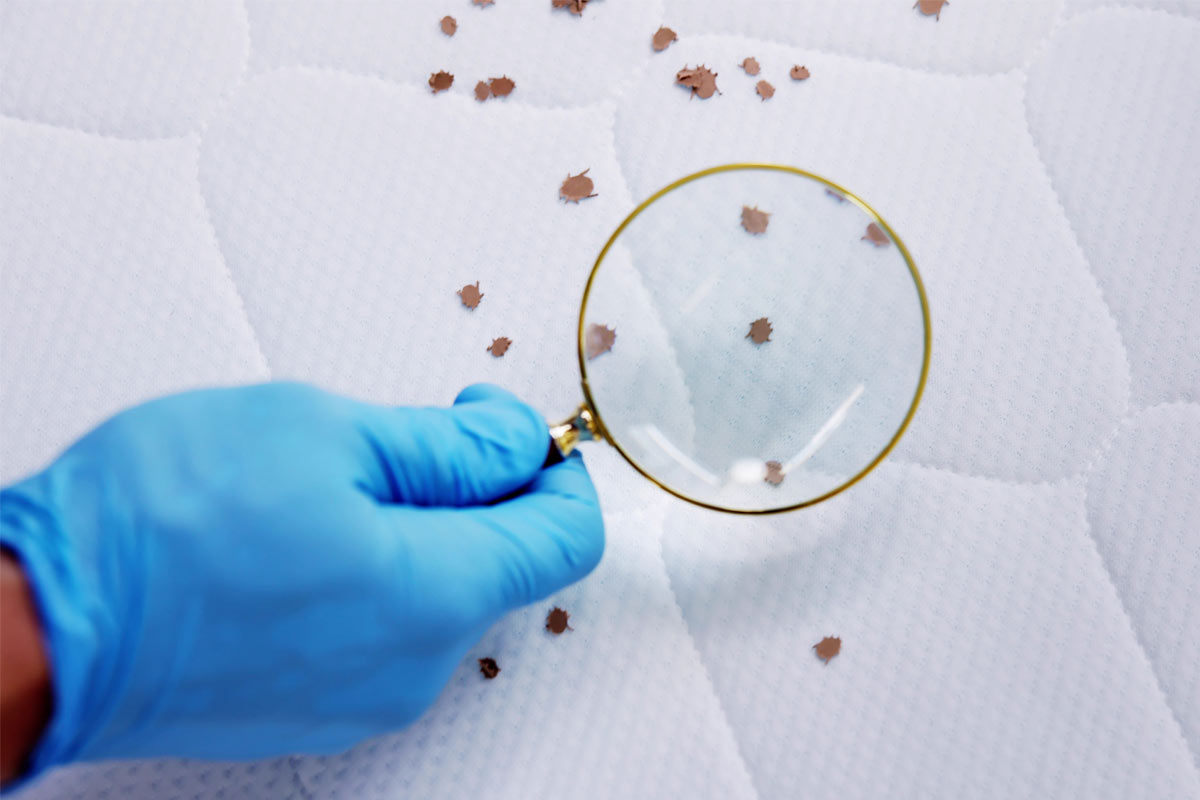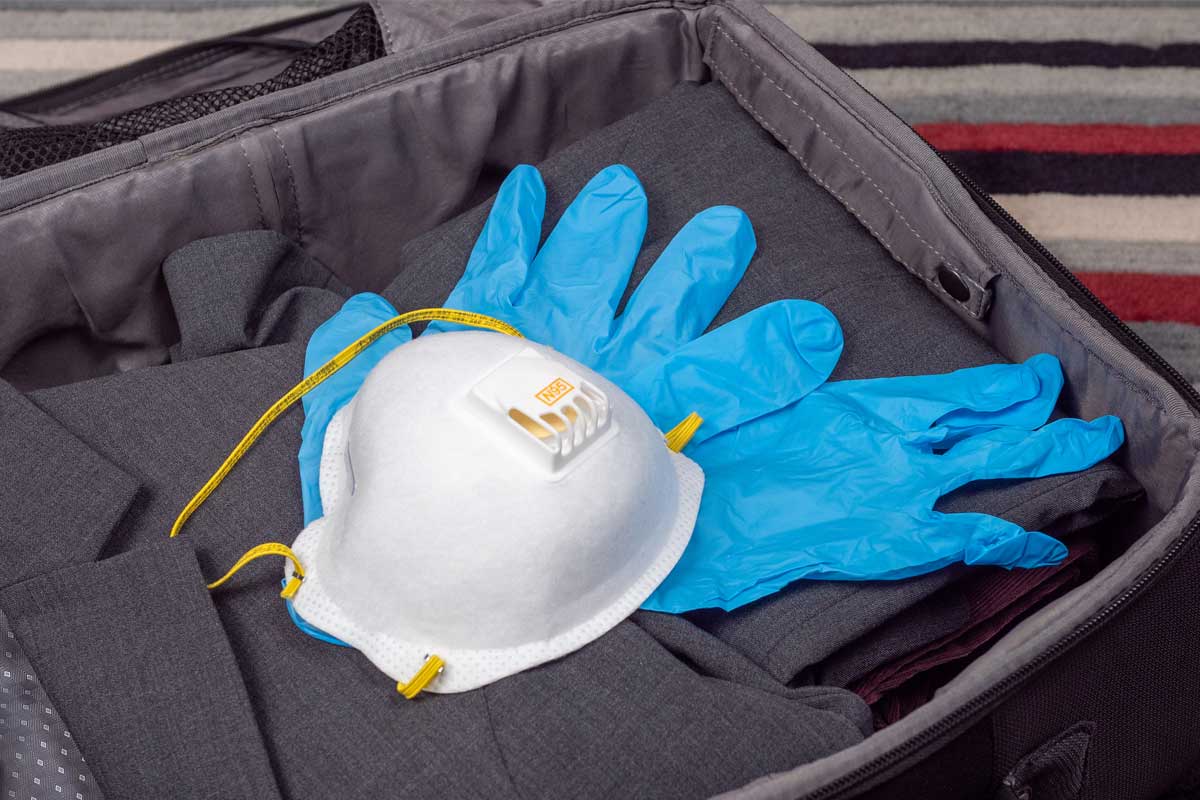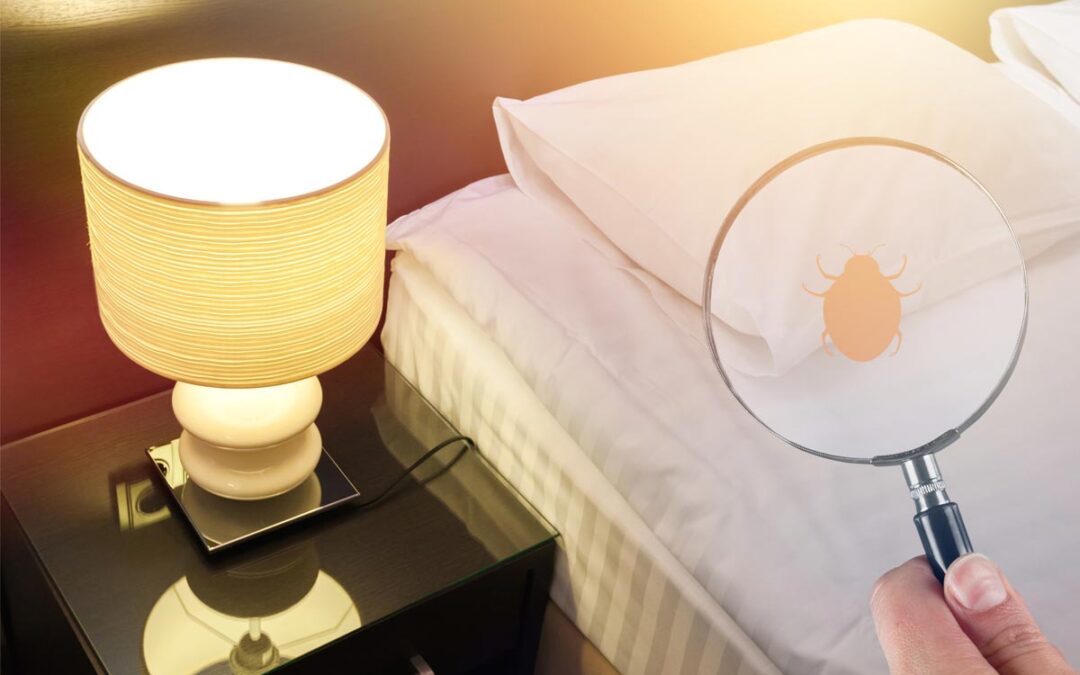Summer vacations offer opportunities for relaxation and travel. Ensuring a comfortable and pest-free environment is paramount for a positive experience. Proactive measures against bed bugs mitigate potential disruptions to travel plans.
Travellers should implement routine inspection protocols upon arrival at any accommodation. A thorough examination of the sleeping area and surrounding furnishings can significantly reduce the risk of bed bug encounters. This vigilance contributes to a more secure and enjoyable holiday.
What Do Bed Bugs Look Like?
Adult bed bugs are small, oval-shaped insects, 4-5 mm long, with reddish-brown bodies and six legs. They become engorged after a blood meal and have six legs and short antennae. Young bed bugs, known as nymphs, are smaller and translucent or yellowish-white and moult five times before reaching maturity. Bed bug eggs are tiny, pearly white, and stick to surfaces, hatching in 6 to 10 days. They are often found in cracks and crevices and are resistant to brushing away. Bed bug faecal spots, resembling specks of ground pepper or dried blood, are tiny, dark spots that smear when wiped with a damp cloth.
Signs of Infestation
Bed bug infestations often present discernible indicators. Identifying these signs early can prevent the spread of pests and reduces discomfort. Vigilant observation is crucial for effective detection.
- Reddish-Brown Stains on Bedding: Small, reddish-brown stains on sheets or mattresses indicate crushed bed bugs. These marks result from bed bugs being inadvertently squashed during sleep. The stains may appear as rusty or reddish smears, particularly on light-coloured fabrics. This is a primary visual cue.
- Dark Spots (Faecal Deposits): Tiny, dark spots on mattresses, bed frames, or nearby walls are bed bug faecal deposits. These spots are digested blood and resemble ink stains or specks of mould. When wiped with a damp cloth, these spots will smear, distinguishing them from other debris.
- Live Bed Bugs: Observing live bed bugs is definitive proof of an infestation. These insects are most active at night but can be seen during the day, especially if the infestation is severe. Check along mattress seams, headboards, and cracks in furniture. Their presence confirms the need for immediate action.
- Bed Bug Eggs and Eggshells: Pearly white, tiny (about 1 mm) bed bug eggs or translucent eggshells are indicators of breeding activity. They are often found in sheltered areas, such as mattress seams, crevices in bed frames, and behind headboards. Their presence suggests an established and growing population.
- Shed Skins (Exoskeletons): As bed bugs grow, they shed their outer exoskeletons (moult). These shed skins are translucent, hollow casings resembling the shape of a bed bug. Finding these cast skins in or around the bed area confirms a past or present infestation, even if live bugs are not immediately visible.
- Sweet, Musty Odour: A strong, sweet, musty odour emanates from heavily infested areas. This scent is attributed to chemicals released by bed bugs. While not always present in minor infestations, a distinct, unpleasant aroma can signify a significant bed bug population in the room.
- Itchy Bites: Red, itchy welts on exposed skin, often appearing in lines or clusters, are common signs of bed bug bites. While individuals react differently, these bites typically manifest after sleeping. Bites alone are not conclusive, but when combined with other signs, they strengthen the suspicion of an infestation.
Bed Bug Inspection Toolkit

Preparing a small inspection toolkit can significantly enhance the effectiveness of a bed bug check. These simple items aid in thorough examination and identification. Having the right tools makes the process more efficient and accurate.
- Bright Torch or Flashlight: A powerful torch or flashlight is essential for illuminating dark crevices and hidden areas where bed bugs often hide. This allows for a detailed inspection of mattress seams, bed frames, and furniture. Adequate lighting reveals elusive pests and their indicators.
- Magnifying Glass: A magnifying glass helps in identifying small bed bugs, nymphs, and eggs that may be difficult to see with the naked eye. It allows for closer examination of suspicious spots and debris. This tool is invaluable for confirming subtle signs of an infestation.
- Gloves (Disposable): Disposable gloves protect your hands from potential contaminants and allergens during the inspection. They also provide a barrier if you need to handle bedding or items where bed bugs might be present. Always dispose of gloves properly after use.
- Small Plastic Bags (Sealable): Sealable plastic bags are useful for collecting any suspected bed bug specimens for identification or for temporarily sealing infested items. This prevents any potential spread of bed bugs during the inspection process. Ensure bags are robust and airtight.
- Credit Card or Stiff Card: A credit card or similar stiff card can be used to probe cracks and crevices. This helps to dislodge hidden bed bugs, eggs, or faecal matter from tight spaces. It assists in reaching areas that fingers cannot access.
The Step-by-Step Bed Bug Check
A systematic approach to inspecting your room for bed bugs is crucial for comprehensive detection. Following these steps ensures all potential hiding spots are examined thoroughly. Diligence in this process enhances the likelihood of early identification.
- Inspect the Bed Area First: Begin by examining the mattress. Carefully pull back the sheets and inspect the seams, tufts, and piping of the mattress and box spring. Pay close attention to corners and edges, where bed bugs frequently aggregate. Use your torch for detailed visibility.
- Examine the Headboard and Bed Frame: Remove any artwork or decorations from the headboard area. Thoroughly inspect the headboard and bed frame, including cracks, crevices, and joints. Bed bugs often hide in these structural elements. Look for dark spots or live insects.
- Check Nearby Furniture: Extend your inspection to furniture adjacent to the bed. This includes nightstands, dressers, and chairs. Inspect drawers, joints, and any upholstered sections. Bed bugs can migrate from the bed to nearby furniture, seeking new harbourage.
- Inspect Walls and Electrical Outlets: Examine the walls around the bed, particularly where baseboards meet the floor. Check electrical outlets and light switches, as these provide concealed entry points into wall voids. Use caution when probing electrical components.
- Look Inside Closets and Luggage Racks: Open closets and inspect shelves, hanging rods, and the back of doors. Examine luggage racks and any stored luggage. Bed bugs can hitchhike on luggage, making these areas potential introduction points.
- Thoroughly Inspect Carpets and Curtains: Lift edges of carpets, especially near the bed and walls, to check underneath. Inspect curtains, paying attention to pleats, seams, and the top where they hang from the rod. Bed bugs can ascend walls and hide in these fabrics.
- Check Upholstered Furniture and Cushions: If the room has upholstered chairs, sofas, or cushions, meticulously inspect them. Lift cushions and check seams, zippers, and underneath the furniture. Bed bugs can reside in soft furnishings, similar to mattresses.
What to Do if You Find Bed Bugs
Discovering bed bugs requires immediate and systematic action to prevent further spread and address the infestation. Prompt response is essential for effective management. Following these steps mitigates the impact of an encounter.
- Do Not Panic: Maintaining composure is crucial. Panicking can lead to impulsive decisions that may worsen the situation, such as spreading the bugs. A calm approach allows for effective problem-solving and communication with hotel staff.
- Document Your Findings: Take clear photographs or videos of the bed bugs, eggs, or any signs of infestation. This visual evidence is critical for substantiating your claim with hotel management. Documentation provides proof and supports your request for resolution.
- Inform Hotel Management Immediately: Contact the front desk or hotel management without delay. Clearly and calmly explain your findings and present your documentation. Request a different, thoroughly inspected room or alternative accommodation.
- Request a New Room (Thoroughly Inspected): Insist on being moved to a new room that has been professionally inspected and verified as bed bug-free. Ensure the new room is not adjacent to the infested one, as bed bugs can easily migrate through walls.
- Isolate Your Belongings: Seal all your luggage and personal items in large, robust plastic bags. This prevents any bed bugs from hitchhiking on your belongings. Avoid placing your bags on the floor or bed in the new room until they have been checked.
- Wash and Heat Treat All Clothing: Upon returning home, immediately wash all clothing and textiles (even unworn items) in hot water and then tumble dry on the highest heat setting for at least 30 minutes. High heat kills bed bugs and their eggs.
- Inspect and Clean Luggage: Thoroughly inspect your luggage, inside and out. Use a vacuum cleaner to remove any potential bed bugs or eggs from crevices. Dispose of the vacuum bag immediately after use. Consider treating luggage with a portable steamer if possible.
Post-Trip Precautions

Implementing post-trip precautions is essential to prevent inadvertently bringing bed bugs into your home. These measures safeguard your living environment and maintain a pest-free residence. Diligence upon return ensures peace of mind.
- Unpack Outdoors or in the Bathroom: Unpack your luggage outdoors or in a confined, easy-to-inspect area like a bathtub. This isolates any potential bed bugs and prevents them from spreading throughout your home. A white sheet under luggage can help spot dislodged bugs.
- Wash All Travel Clothing in Hot Water: Immediately wash all clothing worn during travel, regardless of whether it was worn, in hot water (at least 60°C or 140°F). Follow with a hot dryer cycle for at least 30 minutes. High heat is lethal to bed bugs.
- Inspect and Vacuum Luggage Thoroughly: Meticulously inspect your luggage, both inside and out, using a bright light and a magnifying glass. Vacuum all crevices and seams of the luggage. Dispose of the vacuum bag in a sealed outdoor bin immediately.
- Store Luggage Away from Sleeping Areas: After cleaning, store luggage in an area away from bedrooms, such as a garage, basement, or attic. Avoid storing luggage under beds or in closets within sleeping areas. Consider hard-sided luggage which offers fewer hiding spots.
- Monitor for Any Signs of Bed Bugs at Home: For several weeks following your trip, remain vigilant for any signs of bed bugs in your home, particularly in sleeping areas. Check mattresses, bed frames, and furniture for faecal spots, shed skins, or live insects. Early detection is key.
Summer vacation offers cherished memories, yet vigilance against bed bugs is a necessary component of responsible travel. Proactive inspections and immediate action upon detecting signs of infestation protect your health and property. Adherence to thorough checking procedures and post-trip precautions significantly minimizes the risk of bed bug introduction to your home environment. Travellers can significantly mitigate potential bed bug issues by exercising diligence throughout their journeys.
Should you encounter persistent bed bug issues at home or require professional assistance, Mr. Pest Control offers comprehensive solutions. Their expertise in pest management ensures effective eradication and peace of mind. For bed bugs in Barrie and surrounding areas, contact Mr. Pest Control at (705) 739-7378 (PEST).



